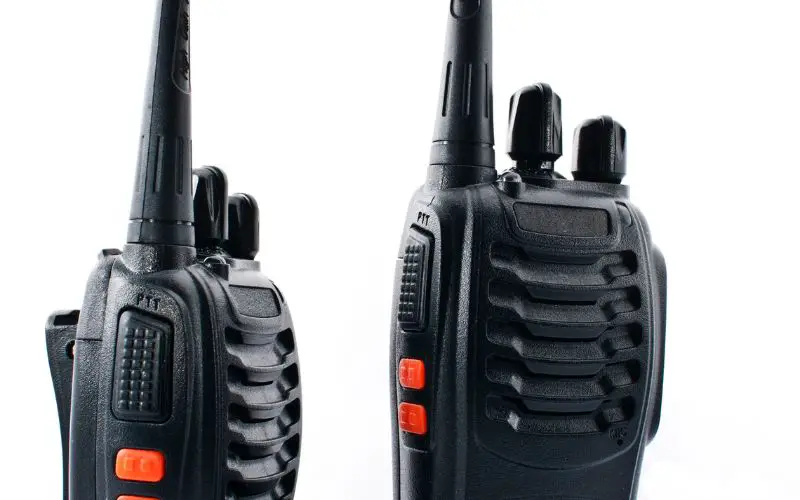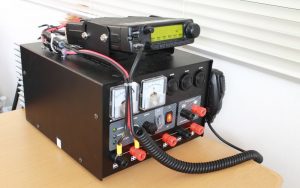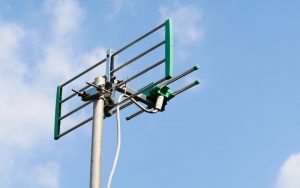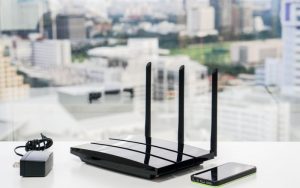Ham radio uses a range of frequencies and bands, all of which offer slight variations in terms of reliability and range and one of these bands is the 2 metre (2m) band.
Many newcomers are attracted to the 2m band due to the relative low cost of equipment and ease of use.
But what is 2m ham radio and what can it do?
The 2m ham radio band is a frequency range within the amateur radio bands that offers good quality transmission and reception across line of sight and can offer communications of anywhere from a few miles to hundreds of miles in good conditions.
2 metres in ham radio band refers to the band that is licensed for use by amateur radio operators and the frequencies available are between 144MHz and 148MHz.
It is normally used for recreational contacts between radio hams but can also be used to support emergency communications, something which ham operators support during times of modern communication outages.
The 2m band also allows radio hams to connect to repeater stations which can extend the range of their transmissions.
The band is an extremely popular choice and due to the ease of use, low cost and accessibility it is a great starting point for those new to amateur radio.
How far can you talk on 2 metres?
The 2m band allows for good quality, reliable communication when the conditions are right.
The range that can be achieved when operating from a station in an elevated position will obviously be greater than say if you were operating from ground level and there is also a significant difference between day and night time operation.
Operators often like to compete against each other to see just how far they can talk, an activity known as DXing.
Most operators will find that the 2m band is really effective up to around 20 miles but with a few favourable conditions it is possible for this range to be extended considerably.
Typical 2m communications, with a good antenna, will be as far as the horizon – so, if you are on a high point or you can raise the height of your antenna, you will get the best results.
What equipment do you need?
The basic equipment needed to get started operating on the 2m band is not too expensive and there are many hams who like to keep their 2 metre ham radio equipment permanently set up at home or in the car.
So, let’s take a look at what you’ll need:
A 2m transceiver, with SSB capability (optional)
An antenna for 144 MHz
Power supply
Grounding system
Transceivers for 2m are widely available and can be sourced online or from local or national ham radio dealers.
They range in price from less than $40 for a good quality handheld unit to around $200 for a more powerful, mobile style radio which can be used at home or in the car.
For a power supply you can use a purpose made mains adaptor but many amateurs start off with an old car or truck battery to save money.
Antennas are available to buy but it is easy to make one from wire coat hangers.
I followed the instructions in this YouTube video and I get great results from this cheap, home made antenna.
What can you use 2 metres for?
As well as sharing contact and communications with other amateur radio operators there are many practical uses for the 2m ham band.
At 2 metres, and indeed all of the amateur radio bands, users may:
Transmit voice messages (known as ‘phone’) – this is the most popular mode of operation on 2 metres.
Transmit radio teletype (RTTY) – a method of sending and receiving text, usually using a special keyboard to type messages.
Send slow scan TV – this allows for the transmission of images over ham radio frequencies which can be viewed on a normal TV set.
The beauty of 2m ham radio is that it can offer reliable communication when other systems are down.
It’s short range nature also makes it perfect for times of disaster when you need to get in touch with local groups or individuals.
The 2m band, once set up, is quick and easy to use which means you’ll be on air in minutes.
How do you use 2 metres?
The 2m band uses a system of a calling frequency where you call CQ to generate your contact with other hams.
The typical channel frequencies used for this are 145.500 Mhz (UK) and 146.520 Mhz (USA).
Once you have generated your contact you then simply change frequency to a different channel where you and your contact can continue your conversation.
In this respect it is not so different from that of CB radio, except, perhaps things are more disciplined.
What else is 2m known for?
The 2m band is much more community based than the other bands which tend to be used for long distance contacts.
Due to it’s more localised use you’re more likely to make regular contacts on 2 metres and have more productive and longer conversations.
The band is also widely used by ham radio clubs and ‘nets’ (groups of operators who like to get together and chat).
The contacts that you make on 2 metres are often keen to share their knowledge and experience of ham radio and to provide advice and help to newcomers.
The other advantage is that, as many will be nearer to you, the opportunity to meet up may also be an option.
Final Words
The 2m ham radio band is one of the most popular of all of the amateur licence classes due to its simplicity, reliability and low entry costs.
It offers the chance to operate on both SSB (single sideband) or FM.
It also has plenty of space available (up to 180 channels in most countries) so you should never find it too busy.
It’s a great place to start, experiment and to get familiar with amateur radio.
Read Next
- Can a ham radio talk to a CB radio?
- Can a TV antenna be used for ham radio?
- Can ham radio be traced?
- Can ham radio interfere with cell phones?
- Can ham radio interfere with tv reception?
- Can ham radio interfere with wireless internet?











